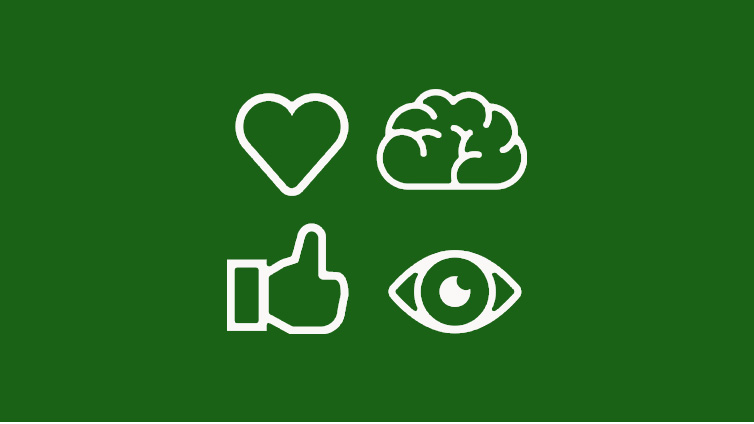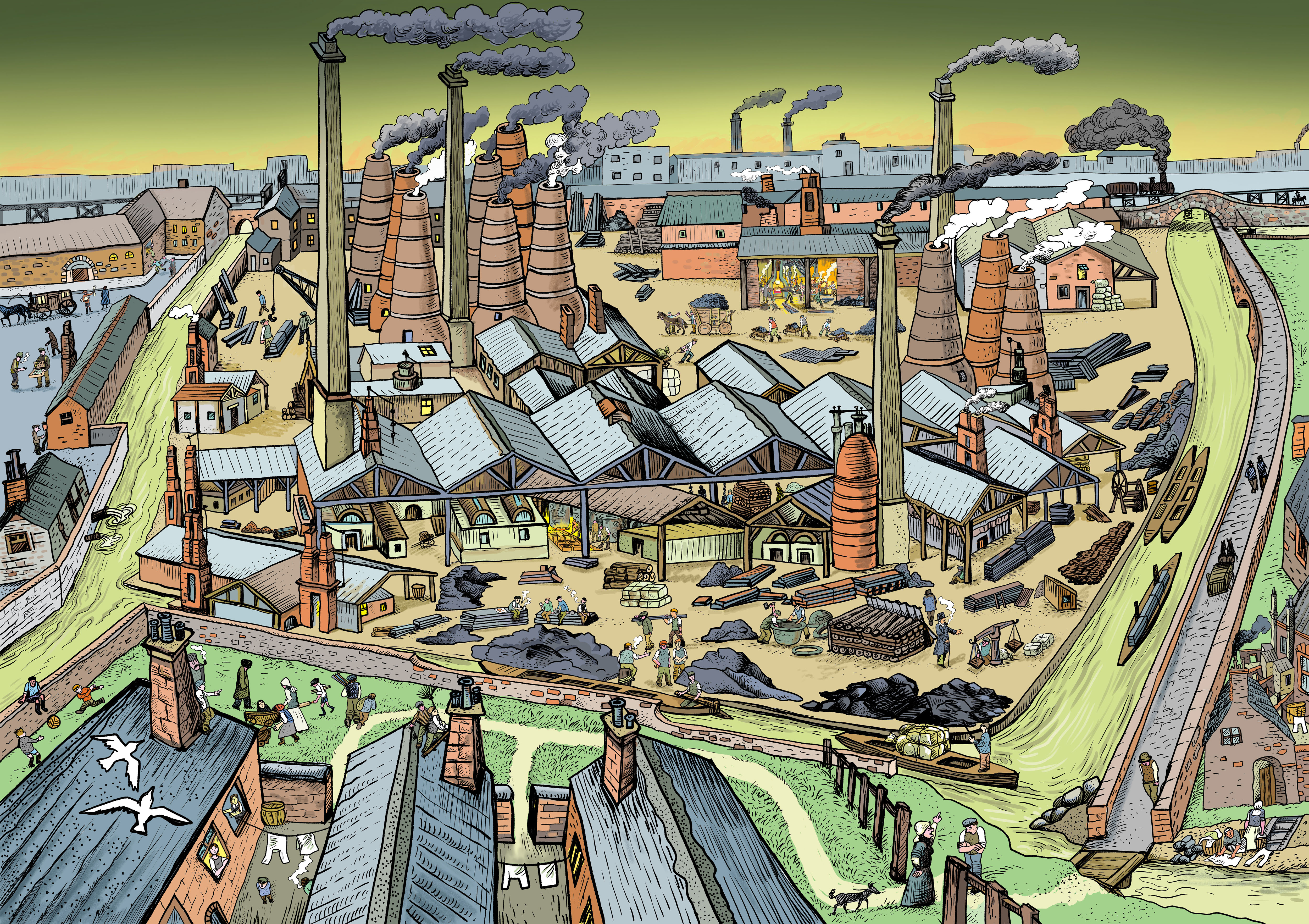What Is World History?
Driving Question: Why is learning history important?
History comes alive when we view events from multiple perspectives and time periods. To uncover an event’s true significance, historians rely on powerful tools like claim testing and scale switching—methods that help unravel the complexities of the past and bring it into sharp focus.
Learning Objectives:
- Learn how scale switching helps historians better understand the past.
- Learn how to use claim testers to evaluate arguments.
- Identify the three frames of this course and explain their characteristics.
Vocab Terms:
- authority
- claim testing
- evidence
- frame
- intuition
- logic
- scale switching
Opener: What Is World History?
To teach this lesson step, refer to page 2 of the Lesson 1.2 Teaching Guide.
Ever heard the phrase “look at the big picture”? Now, imagine what happens when you're only looking at one small piece of it. The full story can be completely different.
Narratives and Frames
To teach this lesson step, refer to page 2 of the Lesson 1.2 Teaching Guide.
Check out this blog post to learn more about narratives and frames and how they connect to other key concepts in the course.
Overview videos break down the big themes, spotlight key data, and zoom in or out to give you fresh angles on history.
-
Guiding Questions
-
Before you watch
Preview the questions below, and then review the transcript.
While you watch
Look for answers to these questions:
- What is claim testing?
- What kind of evidence does Bennett use to test Kim and Colby’s arguments?
- What is scale switching?
- Why didn’t Colby travel to Australia to film this video?
- What are frames, and what are the three frame narratives used in this course?
After you watch
Respond to this question: This video uses the phrase “usable history” a few times. Can you think about a historical event, person, or process that has made history “usable” in your own life?
Key Ideas
Claim Testing
To teach this lesson step, refer to page 3 of the Lesson 1.2 Teaching Guide.
Looking for some at-a-glance guidance for claim testing? Look no further than this one-pager!
Historians love to make claims about the past. Claim testing is the best tool for evaluating those arguments and separating fact from fiction.
Reading History
To teach this lesson step, refer to page 3 of the Lesson 1.2 Teaching Guide.
Take a look at the Reading Overview for some approaches to teaching reading.
Interpreting history means diving deep into the details. Try the Three-Step Reading strategy to dig into the first article in this course.
-
Guiding Questions
-
Before you read
Preview the questions below, and then skim the article. Be sure to look at the section headings and any images.
While you read
Look for answers to these questions:
- How did the fourteenth-century Black Death become “usable” history to more people in 2020?
- Some historians argue that students should focus on learning information. Others argue that students need to focus on a set of skills. Which approach—information or skills—is used in this course?
- The author of this article gives an example of a historian of the future studying social media about a fight you had with a friend. What information about your life could a future historian learn from this story?
- Why is it important that historians have several history stories to work with?
- What are the three frames in this course?
After you read
Respond to this question: Can you think of any stories from the past that are important in your family history or in the history of your hometown or region?
Closer: What Is World History?
To teach this lesson step, refer to page 5 of the Lesson 1.2 Teaching Guide.
What happens when we start with the big picture? How does zooming in on the smaller details change our understanding? It’s all about shifting perspectives to uncover new insights.





